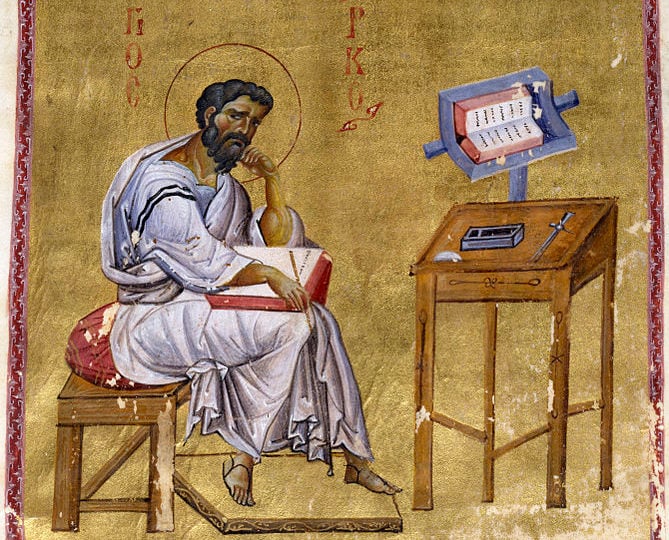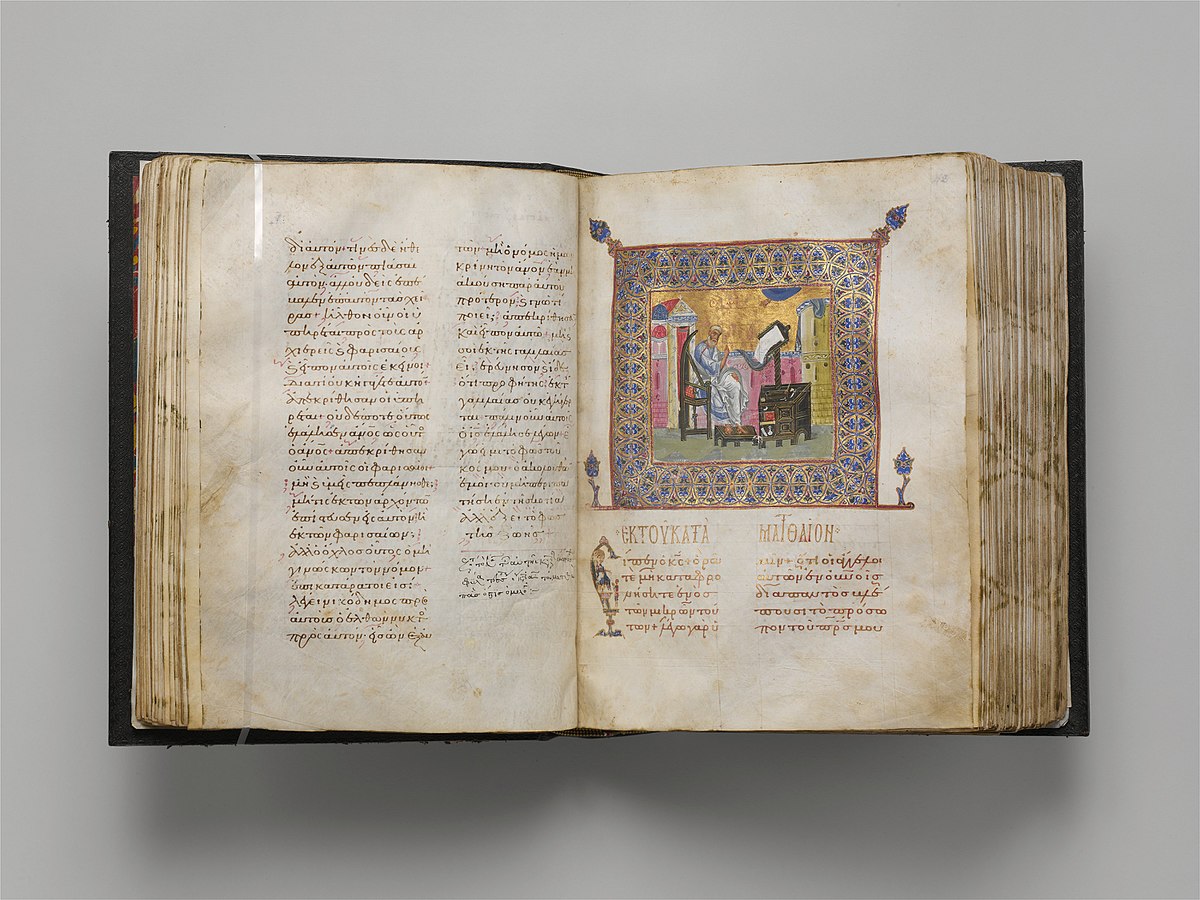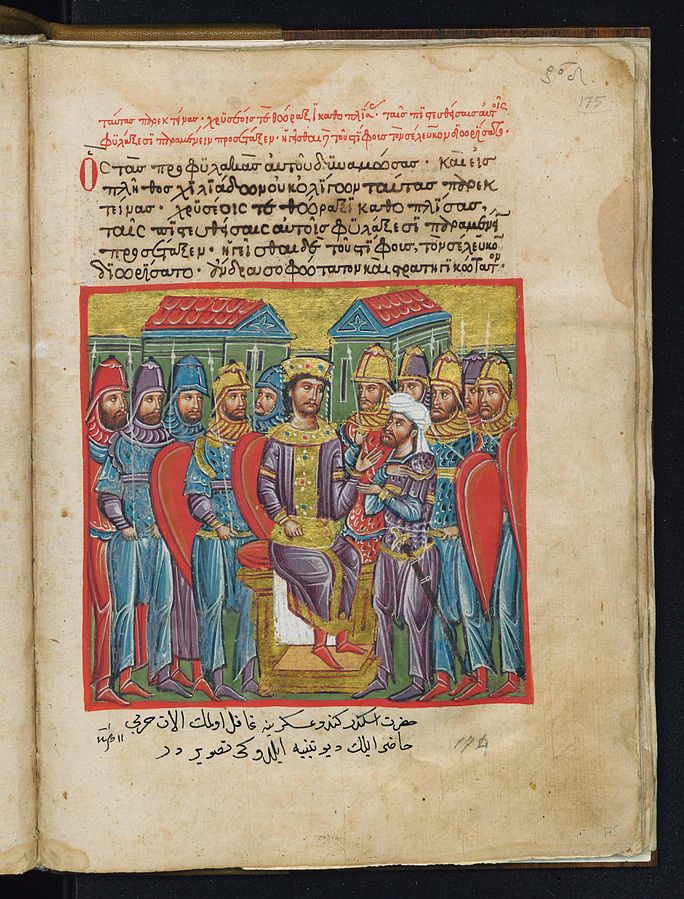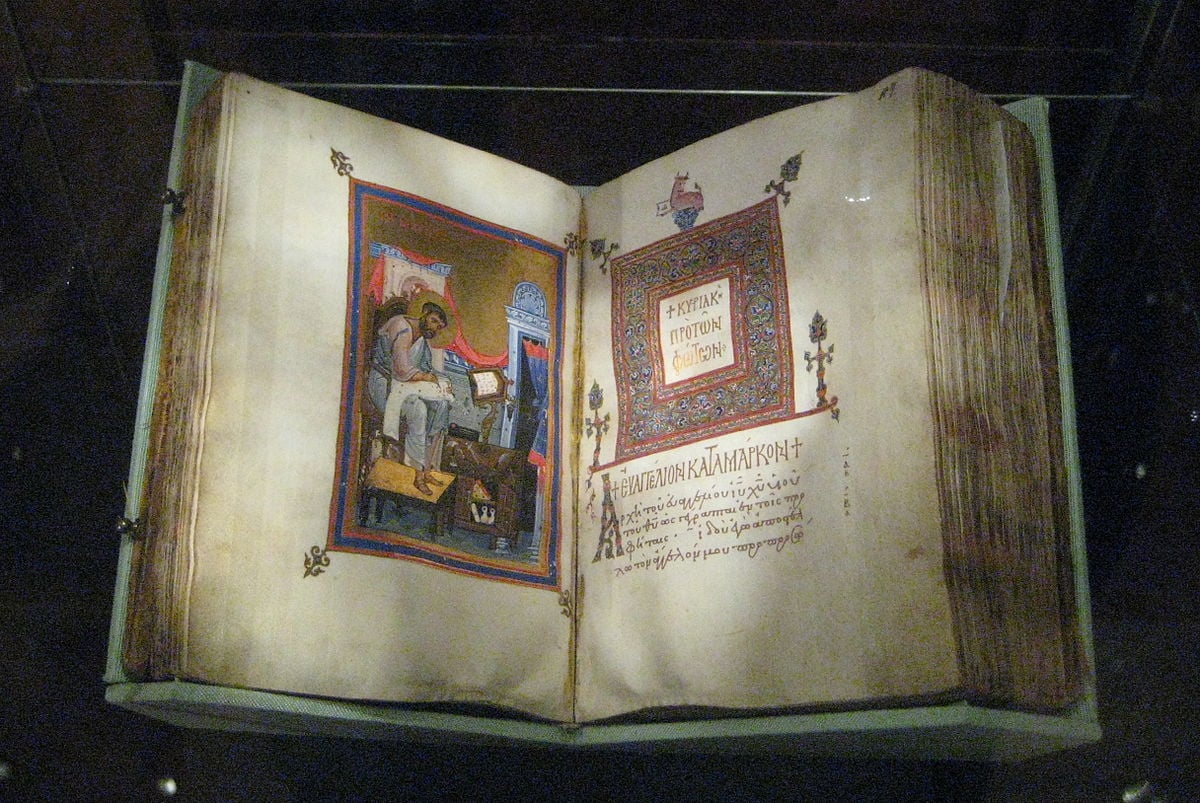
The Byzantines, also known as the Eastern Romans, were a literate and articulate people, with a far greater appreciation for education than most of their contemporaries.
The contribution of Byzantium to higher learning and culture has been broadly overlooked by most Western historians, largely in favor of the Classical world that preceded it and the Renaissance that flourished after its fall.
However, the Byzantines preserved ancient Greco-Roman philosophy, science, mathematics, and literature for centuries, long before the work of Classical authors would inspire the famous thinkers of the Renaissance in Western Europe.
From Greece to Rome to Byzantium
To understand the contribution of the Byzantines to education and learning, it is important to understand how this enigmatic civilization viewed itself. “Byzantine” is largely a historiographical term, variably used to describe the Eastern Roman Empire following the fall of the Western Roman Empire.
The Byzantines referred to themselves as Romaioi (Ῥωμαῖοι), meaning “Romans“. When the Western Roman Empire fell in the 5th century AD, the Eastern Empire endured.
In the East, vernacular Greek remained the lingua franca from the time the Romans conquered the region in antiquity, until the fall of Constantinople in the 15th century. But whereas the most commonly spoken language was Greek, the legal and political system in the Byzantine Empire was distinctly Roman.
The Byzantines, therefore, inherited a literary, cultural, and educational legacy that was distinctly Greco-Roman. As historian Judith Herrin notes, Classic Attic Greek dominated higher education in the Byzantine Empire, thereby preserving the link between Homeric Greece and Byzantium. In fact, only the Chinese have sustained a longer continuous linguistic history than the Greeks.

Education in the Byzantine Empire
The Byzantines inherited an appreciation for education and learning from the Greco-Roman world. In fact, Greco-Roman style schooling continued more or less uninterrupted in the Byzantine Empire well into the medieval period.
Byzantium was a literate and articulate society. As such, educators were available in a variety of forms and professions.
According to Herrin, “Village and episcopal schools, priests, monks, and individual teachers provided a means of learning to read.” Whereas education in the West during the medieval period was largely restricted to the clergy and some of the nobility, in Byzantium it was open to any talented male.
The Byzantine Empire benefited from a sophisticated bureaucracy, and thus an education system capable of producing erudite administrators and bureaucrats was necessary. Although court intrigue and politicking certainly played a role, meritocracy also determined the allocation of imperial positions, so attaining a good education was seen as a vital path to upward social mobility.
There is also evidence that the officers of the Byzantine army were well-read. For example, a retired Byzantine general of the 11th century, Kekaumenos, advised his sons to read military handbooks and histories, as well as religious texts, for tactical and strategic insights.

The curriculum and Byzantine education
Although the Byzantines were Christian, their education was rooted in Classical Greek and Roman traditions. The pagan beliefs of the Greek philosophers did not deter the Byzantines from preserving this ancient knowledge.
The Byzantines, much like their forebears, continued to structure education around the seven liberal arts of antiquity. Pupils would study the three literary topics of grammar, rhetoric, and logic, and the four mathematical subjects of arithmetic, geometry, harmonies, and astronomy.
Philosophy was present throughout the syllabus, but the texts of Plato and Aristotle were only taught to more advanced students.
The youngest Byzantine pupils would begin their education by learning letters and writing the alphabet on wax tablets or slates. They would begin with Aesop’s Fables before moving on to exercises based on the Art of Grammar by Dionysios Thrax, a Greek grammarian of the 2nd century BC.
The Homeric epics were also an important part of the Byzantine curriculum, and students would learn to recite the verses of the Iliad and the Odyssey by heart.
The study of rhetoric commenced in the pupil’s teenage years after he had attained a good grasp of poetry and grammar. Students studied speeches by Demosthenes and Libanios; the former being an ancient Athenian orator and statesman, and the latter, a teacher of rhetoric in the 4th century AD.
This secular education was readily encouraged by the Byzantines and did not conflict with the Christian faith of the empire. In fact, secular reasoning was thought to assist in making stronger theological arguments. The Byzantine Church even used a method for checking the authenticity of Christian sources since at least the 7th century AD.

Legacy
In medieval Western Europe, the philosophical, scientific, and literary achievements of ancient Greece had largely been lost or forgotten. The primacy of the Catholic Church helped to preserve some of the Latin classics like Virgil, but Europe’s larger Classical inheritance had mostly been neglected.
In the Byzantine Empire, however, reverence and enthusiasm for ancient Greek learning endured until the fall of Constantinople in 1453.
The decline and fall of the Byzantine Empire ultimately proved fortuitous for the West, since in the 14th and 15th centuries many intellectuals from Byzantium were forced to flee from the advancing Ottomans. The initial wave of Byzantine refugees and immigrants mostly found themselves in Italy where they helped to spark the Renaissance.
Byzantine intellectuals brought their learning to Padua, Rome, Milan, Pavia, and Florence. Here, they translated the works of the greatest ancient thinkers, like Plato and Aristotle, from Greek to Latin.
Some of the most prominent Italian philosophers and thinkers of their age were tutored by Byzantine intellectuals, including Leonardo Bruni, Francesco Filelfo, Guarino of Verona, Marsilio Ficino, Poggio Bracciolini, and Johann Reuchlin.
Although Constantinople fell and the Byzantine Empire faded into history, with its dying breath Byzantium bestowed upon Western Europe the knowledge of antiquity, thereby preserving its legacy and lighting the fire of the Renaissance.
See all the latest news from Greece and the world at Greekreporter.com. Contact our newsroom to report an update or send your story, photos and videos. Follow GR on Google News and subscribe here to our daily email!



